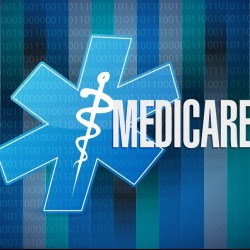Solutions for the Ambulatory Anesthesia Value-Based World
Article 2 in a series: Ambulatory anesthesia providers resolve value-based payment issues.
The first article in the series, The Ambulatory Anesthesia Value-Based World, addressed the problems associated with achieving effective results in the world of value-based payment models and ambulatory anesthesia. This report features what practitioners are doing to resolve the issues and achieve desired outcomes.
Unless you are planning to merge with a health system or lose the current 6% or more of Medicare revenue, there are options for the independent ambulatory anesthesia practice.
It is a fact that to avoid the inevitable, providers must collect the data that Medicare requires. The first article in this series emphasized that the cost of manually capturing this data with old processes is prohibitive and its effectiveness is sub-par. However, if a practice implements the proper tools and processes up front, success will be assured right from the start with a minimal need for changes moving forward.
It is imperative to incorporate technology at the time of service to manage the required myriad measures and pathways. Utilizing measure gathering application(s) reduces errors and streamlines the collection and submission of quality PQRS, MIPS reporting. As with everything in healthcare, there is no single solution that meets all needs. In this case, utilizing a time-of-service capture application, strong anesthesia billing functional software and quality RCM processes and dashboard tools for practice transparency, are all required to manage a practice efficiently in this new world of value-based recording.
An incorporated technology solution requires some change. To continue to be paid from Medicare without penalties, a practice must implement a value-based solution that captures all the identifiers that Medicare stipulates. Providers need to understand that once data is viewed by Medicare, it is too late to capture additional information. In the near future, other payers will implement their value-based solutions as well. If history repeats itself, they will be different than Medicare’s identifiers.
Good news! Implementation takes much less effort and expense than employing a full EHR. There are applications on the market that can be used for ambulatory anesthesia quality measures that are able to report to the required registries. It is not as easy as just using an application and you are done. An application used at the time of service is essential. This information is then merged with the billing claims data to provide Medicare with an entire presentation based on quality measures.
Partnering with the best healthcare business ally in the RCM space is vital for ambulatory anesthesia practices to succeed in achieving desired results.







